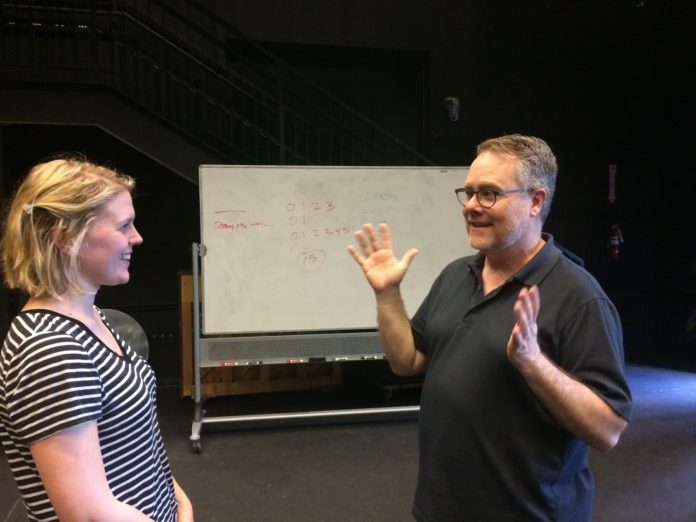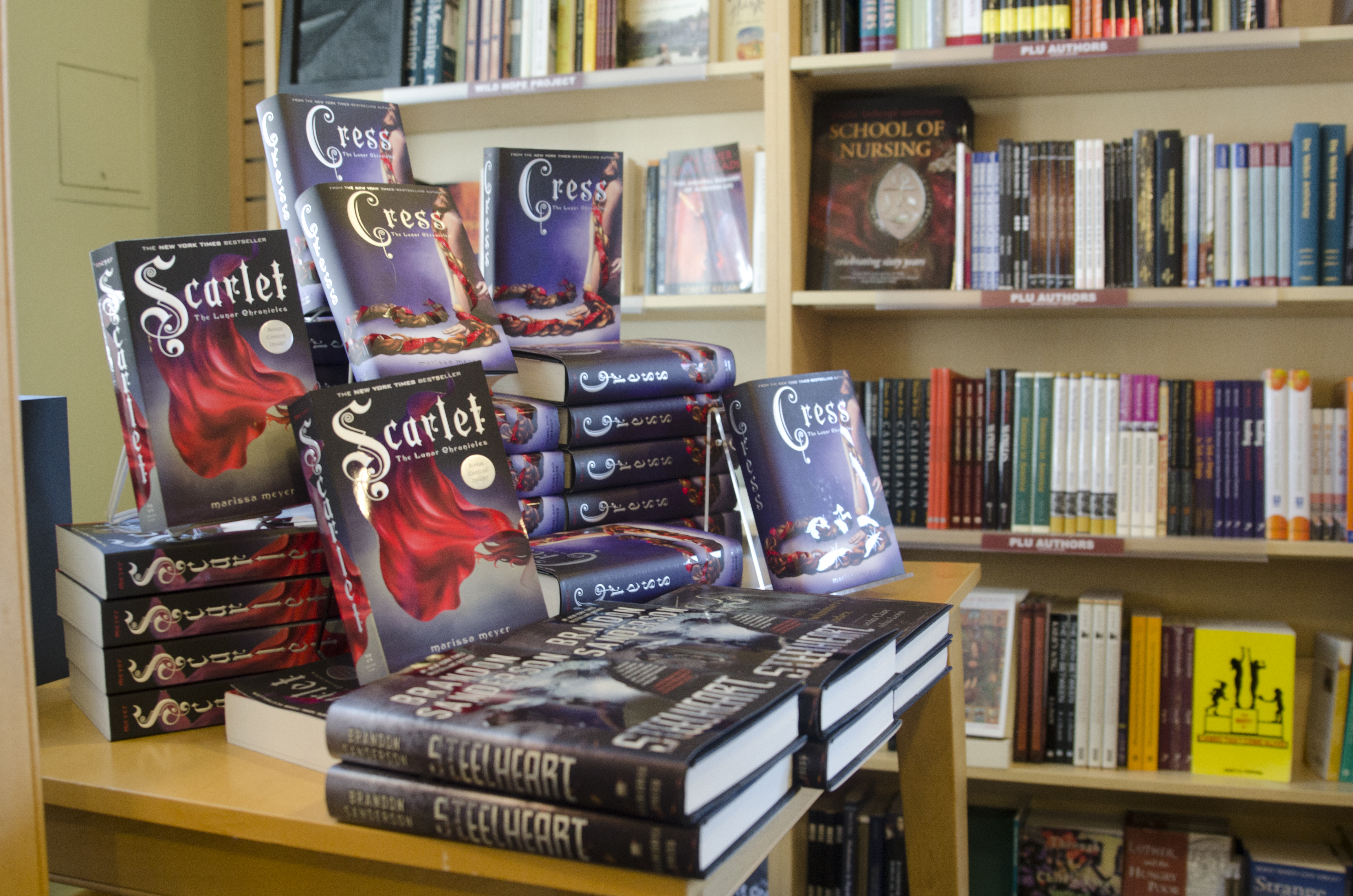
MARSIA JOHNSON; Guest Writer; johnsomp@plu.edu
The Department of Theatre at Pacific Lutheran University has faced many inquiries from female students about female roles and leads in the faculty-directed productions.
However, there is much more to the statistical representation of the number of male-female roles in campus productions.
After reviewing the programs of the faculty-directed plays over the past five years, it was revealed that there were roughly 108 roles for men and 86 roles for women since 2012.
However, there are more aspects to take into consideration when comparing gender roles on the main stage. For example, the number of roles does not necessarily indicate the number of leads.
Associate Professor and Artistic Director of Theatre Tom Smith, who started at PLU this year, dispelled rumors about what goes on behind the scenes in the theatre department.
Smith said that although PLU’s student population is 62 percent female, the pool of theatre students is closer to a 50-50 male-female split.
Senior Katie Wee, a theatre major and a member of the theatre’s honor society, Alpha Psi Omega (APO), said she felt that there is more of a male presence on stage, but that is universal aspect of the theatre world, and it is not necessarily an issue specific to PLU.
“My experience has been that I have had just as many opportunities for shows as my male colleagues,” she said.
Additionally, some genres of plays do not have as many roles available for women as others. Smith explained that within a student’s four years, the theatre department wants to expose its students to a variety of plays including historical, classical, musical and contemporary.
“The challenge is, as we lean toward more classical works, historically, up until late Renaissance, early Restoration, the roles were all played by men,” Smith said.
Wee added, “Until more recently, the roles for women are pretty much the same as either the ingénue, the funny best friend, the wife, et cetera. The woman has typically not been the moral compass of the show or the protagonist in which you watch the show.”
Smith said that the department aimed to shift their focus toward a higher ratio of contemporary plays.
“Moving forward, we are looking at doing a lot more contemporary plays,” Smith said. “Contemporary plays reflect more of the world we live in now, including gender equity, so the hope is as we look towards those types of plays that more roles for women will be more prominently in our season.”
Smith noted that the faculty directors at PLU change the gender of certain roles or give a male part to a female actor to constitute more opportunities for its female actors. This creates more opportunities for female actors, even if they are not playing a female role. However, this only works for some productions; when a play is covered under copyright, the department has to get written permission from the playwright in order to change the roles.
“If the show is not covered by copyright and is public domain, then we can change the roles,” Smith said. “Unfortunately, those aren’t the lead roles because it is easier to switch genders with secondary roles.”
Whether or not this happens, however, really depends on the season. While this year was predominantly male-led, previous years have been female-led.
“Theatre is inherently about storytelling and remaking perspectives of humanity. There are all sorts of perspectives of humanity. We need to be better at pushing for diversity of all types of theatre rather than just a westernized version of the story,” senior Katie Wee said.
Next season, the theatre department is doing “Aunt Raini,” which is based on Leni Riefenstahl, the official documentarian of Adolf Hitler. The show has three cast members, two of which are female.
Smith proposed that the department needs to work on expanding its cultural perspectives, giving full representation to everyone in the department, especially students of color.
“We fall harder on not serving our students of color more than we fail on female-male ratio,” Smith said.
Wee agreed with this statement, saying, “Theatre is inherently about storytelling and remaking perspectives of humanity. There are all sorts of perspectives of humanity. We need to be better at pushing for diversity of all types of theatre rather than just a westernized version of the story.”
It is important to note that students direct four or five shows a year, which means they direct more shows than faculty do. Student directors’ considerations of gender balance when selecting and casting their shows can help balance out the season.
For example, junior Dane Ostlie-Olson directed “Death and the Maiden,” where all of three cast members were played by female actors. He shifted the gender of Gerardo to a female role, while the character Roberto, was played by senior Arika Matoba.
Smith notes that PLU’s theatre department knows about the issue and is working with student concerns about the gender balance on stage.
“I do want everyone to know that these are discussions that we have, that we are aware of, that we are sensitive to,” Smith said.


















